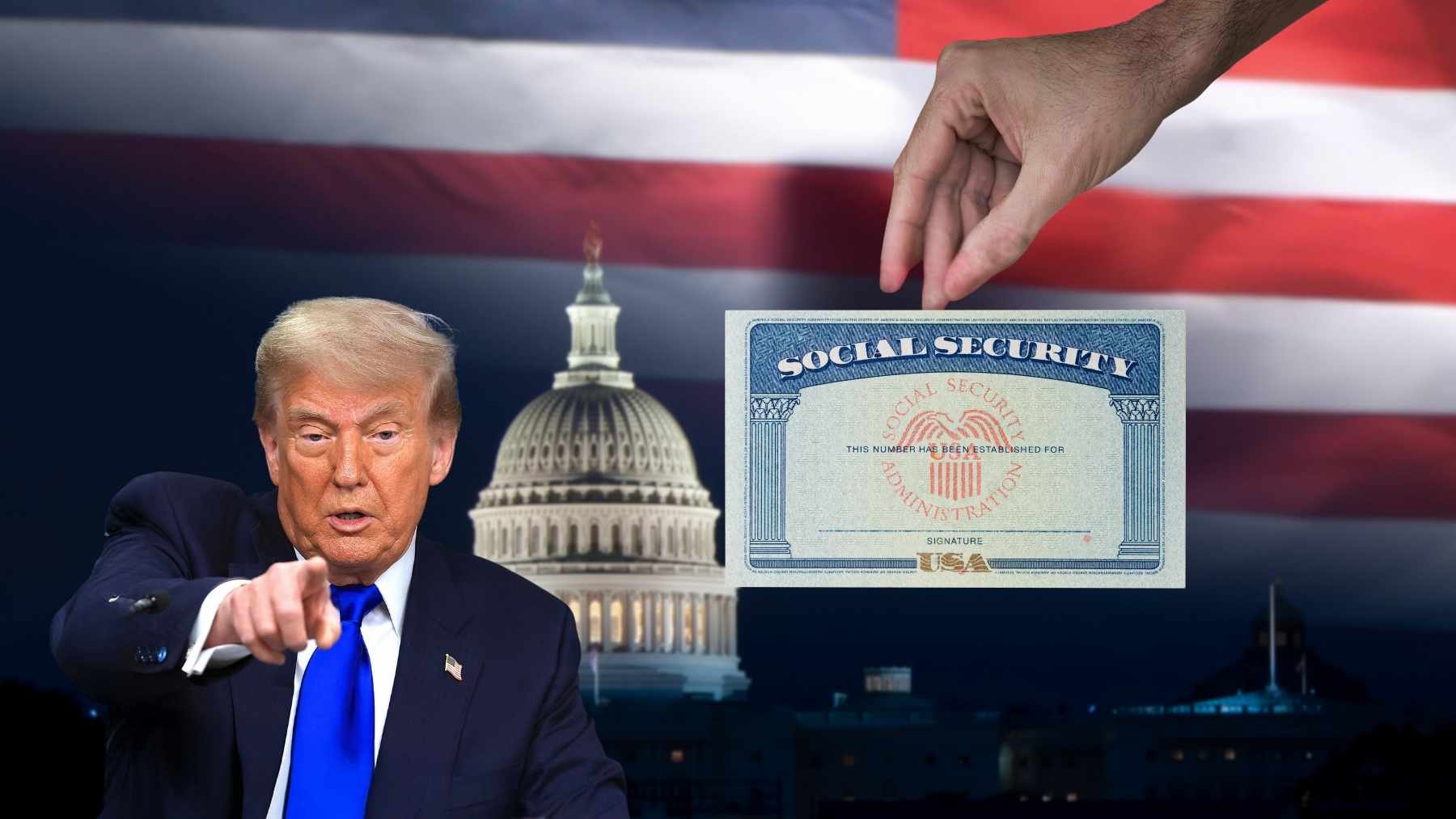Starting September 30, 2025, the Social Security Administration (SSA) will no longer send out paper checks for benefit payments. That means anyone receiving Social Security, Supplemental Security Income (SSI) or Social Security Disability Insurance (SSDI) will need to switch to direct deposit or another digital payment method as the agency moves to fully electronic payments.
Why the Change Is Happening
SSA officials say the move away from paper checks comes down to two main reasons: cutting down on fraud and making the system more efficient. Paper checks are far more likely to get lost, stolen, or messed with compared to direct deposits. In fact, the SSA says paper checks are about 16 times more likely to run into problems than electronic payments.
There’s also a big cost difference. It costs the government around 50 cents to send out a paper check, but less than 15 cents for a direct deposit or prepaid debit card payment. Switching to all-digital payments could end up saving taxpayers millions of dollars every year.
Executive Order Behind the Decision
President Donald Trump signed an executive order on March 25, 2025, requiring all federal agencies to switch to digital payments. The move came after rising concerns about fraud and problems with paper checks, especially during the COVID-19 pandemic when scams involving checks spiked.
Right now, less than 500,000 people still get their Social Security by paper check, less than 1% of all recipients. Those folks will need to switch to electronic payments soon or risk delays after the cutoff.
Options for Beneficiaries
To keep getting payments without a gap, people who still get paper checks need to switch to an electronic option. There are two ways to do it:
- Direct Deposit – Money goes straight into a bank or credit union account.
- Direct Express Card – A prepaid debit card from the government for those without a bank account.
The SSA is reaching out through letters, messages in check envelopes, and face-to-face help. Staff are on hand to walk people through the switch and answer any questions.
Concerns and Challenges
Although the transition makes financial and security sense, it is not without challenges. Kevin Thompson, CEO of 9i Capital Group and host of the 9innings podcast, noted that individuals still relying on paper checks often face barriers such as limited internet access or unfamiliarity with digital tools.
“Digital payments streamline the distribution process, cut down on mailing costs, and reduce the potential for delays or errors while by using secure electronic payment methods, the SSA can better ensure that benefits are delivered directly to the intended recipients, reducing the risk of theft or misdirected funds,” Thompson told Newsweek.
Alex Beene, a financial literacy instructor at the University of Tennessee at Martin, called the change “logical.” “This change to Social Security is a logical one. Less than 1 percent of current recipients receive their benefits through a paper check. Direct deposit is less expensive to implement and more efficient in preventing fraud, so this switch should save money of the program while also cracking down on some efforts to illegally use fund distribution through paper checks,” Beene added.
Fraud Prevention and Exemptions
The SSA is warning people to watch out for scams. They won’t ever ask for money or personal info to set up or speed up electronic payments, if someone does, it’s almost definitely a scam.
While the agency wants everyone to switch to digital payments, there will be exceptions for people who genuinely can’t. These will be handled one by one, and approved cases will still get paper checks after the September 30 deadline.
What Beneficiaries Should Do Now
To prepare for the transition, beneficiaries are advised to:
- Update contact information at SSA.gov.
- Enrol in direct deposit through their bank, or
- Apply for a Direct Express card if unbanked.
Those needing assistance can contact SSA offices directly or visit the SSA website for guidance.
Looking Ahead
Switching fully to electronic payments, the SSA hopes to make the system safer, cheaper, and more efficient. It won’t be easy for everyone, but the goal is to cut down on fraud, save money, and bring benefit delivery into the modern age.

